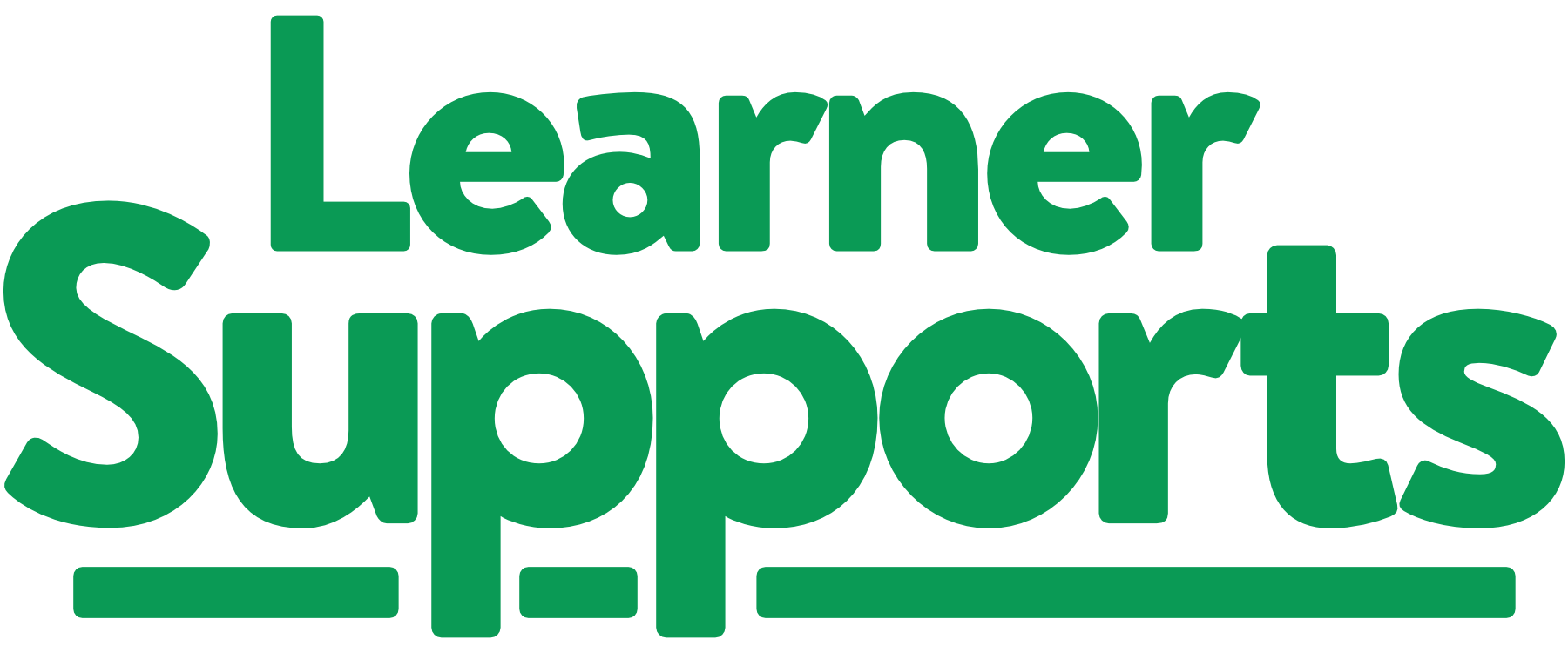FAQ
Many parents believe that they have a duty to be responsible for their children’s education. Others believe that a large educational system is not responsive to their input and can take a long time to respond to parental concern. Some express displeasure because their children experience difficulties within a school system. Other parents react to permissive values or what they perceive as a lack of discipline in a school system.
Independent schools allow children to be educated within a parentally controlled environment. The school may have a particular academic emphasis, special needs focus, pedagogical philosophy like Waldorf or Montessori, or faith orientation that is compatible with the value system of the parents. Having this grassroots governance is essential to an independent school.
Apparently various faith groups operate 60 % of Alberta’s independent schools.Alberta’s public system includes approximately 127,000 students in clearly defined faith-based schools. These schools overtly state that their faith allegiances are to permeate the entire atmosphere and culture of their schools.
All schools deal in ideas and values. They mold and shape children. Although public schools are supposedly “neutral”, teachers still impart values to students, political, moral and quasi-religious ideas. Every textbook is a set of ideas telling what is worth learning. Every teacher is part of the curriculum and brings ideas, values, and experiences into the classroom. All teaching involves human influence and imparting of various worldviews. For groups to live together, society needs to nurture respect and toleration for diversity and to impart compassion for one another. Pretending that faith allegiances are not part of life would be spurious.
Children in Early Childhood Services (Kindergarten) receive the same funding as children in the public systems. Children in Designated Special Education Private Schools receive the same amount for their instruction as similar coded children in public schools. While there is some fluctuation in funding due to variation in grant allotments, on average students in independent schools receive around $5200 per year, while the money allotted for students in a public or separate school is around $13,000. Watch this short video to learn more: Why Parents Choose Independent Schools See the following article for further information: https://www.fraserinstitute.org/sites/default/files/education-spending-and-public-student-enrolment-in-canada-2016.pdf)
Instructional, support and capital costs. Instructional costs include salaries for principal, teachers and instructional support staff, learning resources and supplies, and equipment and furnishings used in the instructional program.
Support costs include plant operations and maintenance, board governance, office administration, and student transportation.
Capital costs include building projects, building quality restoration program expenditures and debt carrying costs on school buildings.
The government of Alberta for the past 50 years has recognized that independent schools serve the public interest and the government believes in ensuring equal opportunity for all children to receive an adequate education. Independent schools are not supported equally since parents typically pay two thirds of their children’s educational costs in addition to paying their regular school taxes. Since it is the Ministry of Education’s responsibility to ensure effective education for all children, and it is the children and not the school that benefits, the government realizes that spending a portion of public moneys makes good sense. Otherwise the government would have to pay the full costs of their instruction and all additional costs. In essence, every dollar that independent schools contribute to education is one that the government and the taxpayers do not pay. Millions of dollars are saved annually. It is estimated that over $175,000,000 is saved each year - Fraser Institute Study
Are there resources for them? Yes. Most independent schools accommodate general special needs students and high needs students to the degree that they have resources and programs available. They receive 40% less funding for general special needs children so it is understandable that they are not always able to meet the needs of every child.
There are a number of independent schools devoted to educating special needs students. These schools are known as Designated Special Education Private Schools (DSEPS). They serve many of the mild to moderate and severe needs children. The parents of these children believe that their child’s needs are better met in these specialized environments. Often parents and children are referred to these schools by public boards.

